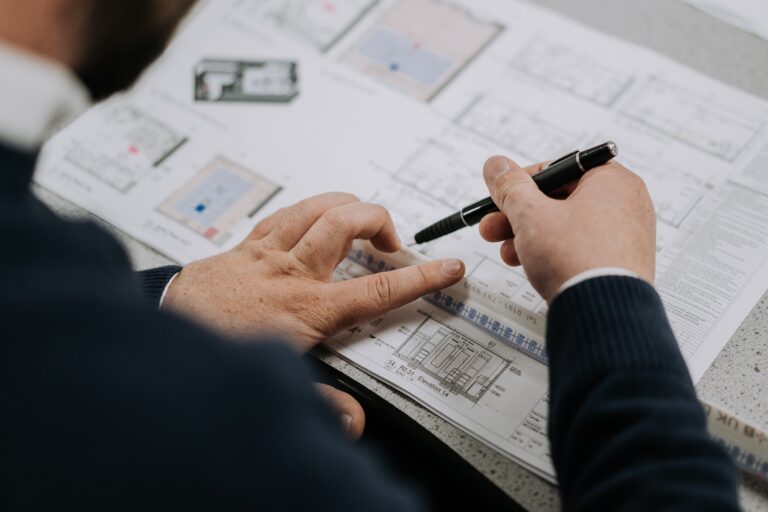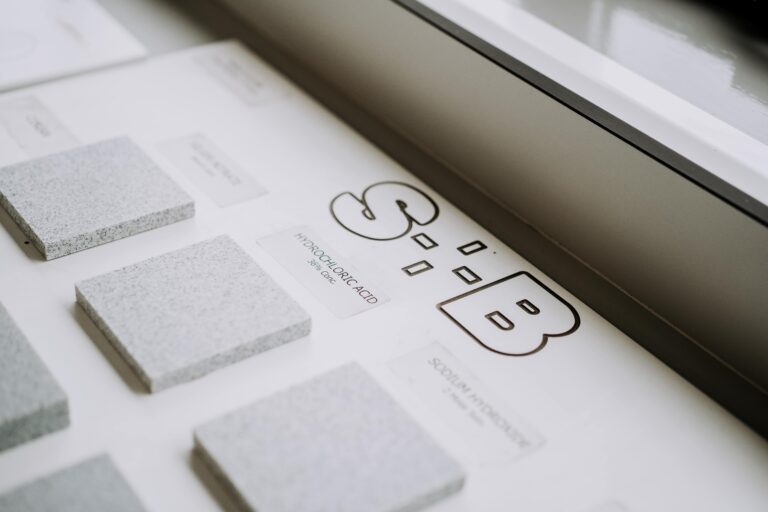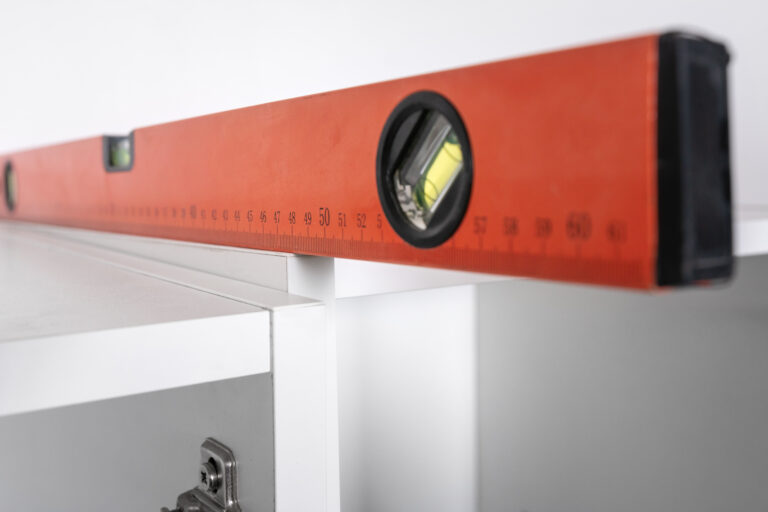When it comes to lab and specialist area furniture, the most frequently asked question is “How much does a school laboratory fit out cost?”
While this is a vital question to ask because of the significant financial investment involved, that will last you up to 25 years, another important question is “How long does it take to install?”
Very often, schools focus on obtaining the necessary funding, but they are unable to have the new furniture installed due to simply running out of time.
If the project is delayed for a year or two, current students will not benefit from the new exciting learning and the opportunity to showcase the new learning environments in order to attract new prospects would be lost.
Typically, lab and specialist area furniture is custom-made to match the unique requirements of each school.
Unlike ordering furniture off the shelf from a catalogue, where the furniture is in stock, you are embarking on a journey of discovery with the furniture supplier.
It is a journey in which the school shares its vision, philosophy and teaching style, and, guided by the design consultant, explores and determines which furniture options are ideal for them, what storage solutions are available, what layout best suits the spaces, and what safety guidelines are in place.
It takes the school from concept to visualisation, ultimately leading to enhancing the school spaces with new stunning learning environments, at the desired time and without compromising on quality.
Below are 10 steps to consider when taking on a fit-out project to give you an idea of what’s included in the process of fitting a laboratory and timeframes.
1. Choosing a furniture supplier:
Laboratory furniture is often custom-made, it’s designed and manufactured to meet the unique requirements and visions of different schools. Unlike buying off-the-shelf furniture, you rely on the furniture supplier’s expertise to deliver a product that meets your design and quality expectations.
When approaching a specialist furniture provider, look for certification, accreditations, and even awards. Also, seek a customer list, testimonials, and examples of previous projects to help you make the best choice. Visit completed school lab installations and potential suppliers’ manufacturing facilities whenever possible.
2. Consultancy:
A lab or STEAM space should be visually appealing as well as practical. It must provide easy access to amenities, a generous working area for each student, safe circulation space, and clever storage solutions. Enabling the teacher to move freely throughout the room and assist students promptly from various locations is imperative.
The philosophy and teaching style of the school, the number and age of the students who will utilise the space, and how the space will be used for theory/practical lessons must all be taken into account.
Depending on the size of the project and the number of individuals involved in the decision-making, a consultation design could take anything from a few hours to a few days or even weeks.
3. Design proposal:
Design drawings can help you better grasp the available space and how the furniture will fit. It will also ensure the lab consultant thoroughly comprehends your requirement and is able to incorporate the requirements into the design.
3D renderings are an excellent method to visualise what the future learning space will look like prior to manufacturing.
A laboratory layout for a standard size laboratory 60 – 73 m2 will take a couple of days to design, but extra time should be allocated to this step to allow for any design revisions that may be necessary.

4. Quotation:
Budgets are often limited, and compromises are sometimes required. While quality should never be compromised, there are a few factors that can help you achieve a high-quality installation while staying within your budget: various worktop material choices, storage options, furniture systems that require less installation time, lowering labor costs, utilising local teams that can handle offloading, distribution into the rooms & installation, even allowing your supplier to manufacture during quieter periods can often result in savings being made.
Depending on the size of the project and the availability of the furniture supplier estimating team, supplying budget costs could take anywhere from a few days to 2-4 weeks.
5. Order placement:
Placing an order with a furniture provider enables them to reserve production capacity for your project. Your project will also be assigned to the engineering and planning departments, and any quality supplier will issue a programme to you which should detail the timeline and important milestones for realising the project.
This will allow you to plan out the preparation work to give clear access to and into the designated areas and communicate with other trades such as electrical and plumbing who may be involved in the fit-out.
Placing an order with a lab furniture supplier is usually a simple and quick step and sometimes an email order confirmation might suffice, but always check with your school to see how long the internal procedure will take.
6. Engineering drawings
These are the drawings that are used in the production process and contain detailed information such as the exact dry and wet services points, material specifications, and colour choices. This is the last step before manufacturing when some adjustments to the design may still be possible, so please make sure that the drawings are given full consideration.
From drawing the detailed laboratory furniture layout to the final approval from the customer, this step might take anywhere from a couple of weeks to 6-8 weeks based on a standard size laboratory 60 – 73 m2.
7. Materials procurement:
The lead times on the materials required for the production process have increased significantly, and recent world events such as Brexit and Covid-19 have had a significant impact.
Companies must plan and order ahead of time, rely on stock reserves, or employ alternative suppliers to complete projects on schedule. Allowing for time contingency is vital because the unavailability of a single item could cause the entire furniture manufacturing process to be delayed.
The lead time could be anything from 8 weeks to 20 weeks or more depending on the materials specification, colours, the furniture system chosen.

8. Manufacture:
State-of-the-art manufacturing machines ensure that the manufacturing time is greatly reduced while the furniture is produced to the same exacting specification.
While the materials and the furniture type will impact the total manufacturing time, this is usually around 1-3 weeks for one laboratory.
9. Delivery:
The delivery time will vary based on the country in which the school is located and whether the furniture provider is local or international.
To obtain a high-standard state-of-the-art laboratory, an overseas supplier is often the preferred option, and in addition to lengthier delivery timeframes, the time required for customs clearance should also be considered.
10. Installation:
The installation time is determined by the size of the room, the furniture system selected, and the level of expertise of the installation team.
It is strongly recommended that the furniture be fitted by the supplier’s specialist team in order to obtain the highest level of finish as well as ensure a swift installation and minimal site disruption.
Some furniture systems may just require a day or two of installation per lab, while others may require an entire week.

Allowing enough time to plan a laboratory fit-out is the best approach to ensure that your project is completed at the desired time without compromising on quality.
It is strongly recommended to contact a furniture supplier a full year before any project is due for completion, this enables the supplier to reserve the necessary production capacity and order the materials well in advance.
If you are planning a lab fit-out get in touch with our design consultants today: https://www.splusb.co.uk/contact/
If you’d like some tips on how to deliver a successful project, check this S+B article for the COBIS blog: https://lnkd.in/d_HmdXPC

